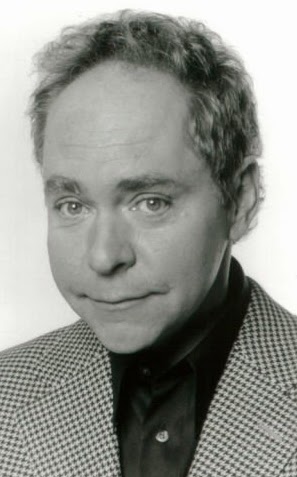Thursday, January 30, 2014
Teller's & Penn's & TIM'S VERMEER offer an eye-opening view of the technique of a beloved artist
What a small-scale joy is TIM'S VERMEER, the new documentary that was shortlisted for Best Documentary award but did not make the final cut. No matter. (Except maybe for its box-office take.) The film itself will thrill, surprise and entertain art-loving audiences across the globe, especially those who treasure the "inspired-by-light" paintings of the 17-Century Dutch artist Johannes Vermeer. Inspired by light, indeed! More than we knew, evidently, as entrepreneur/inventor Tim Jension pretty much proves that, to create his amazing paintings, the artist used a kind of very early photographic technique.
Mr. Jenison (the face on the poster above) happens to be a pal of the famous Penn & Teller duo who, evidently, when the pair got wind of Jenison's interest in Vermeer and what he was doing about it -- setting out to somehow prove that the artist used a kind of photographic technique to create his famous photo-realist paintings that were done some 150 years prior to the invention of actual photography -- decided to film the fellow's "experiment. They succeeded quite well -- Teller, (shown below) directs, while Penn (shown at left) produces and also appears in and helps narrate the film. Jenison
succeeds very well, too, so far as I am concerned. He pretty much proves his point, without in the least discrediting the amazing work of this rightfully revered artist. Certain critics have lambasted the movie because, to them, it seems to revile instead of revere the famous artist. I am sorry, but this is nonsense. Mr Jenison, as well as Penn & Teller, seem to hold the artist in great esteem. The intent here is not to discredit or degrade Vermeer's work but rather to de-mystify it. For centuries, all one could do was marvel and wonder, How did Vermeer do it? Well, we can still wonder at the art and love it hugely, while finally understanding the "how" of the equation.
This relatively short documentary first fills us in on the character and life of our Tim Jenison (above and below), follows him as he explains his theory, then watches as he puts it into practice. He must procure and use only the kind of instruments that were available in Vermeer's day (the artist lived from 1632-1675). To create his own "Vermeer," Tim feels he must also create a replica of the actual room which Vemreer painted.
How he does this and the problems he encounters along the way make up the meat of the movie, all of which fascinates. I won't go into the details; that's part of the great fun of the film. But listen and watch carefully, for -- as I see it, at least -- the real proof is found more in a subtle, nearly un-noticeable mistake made by the artist that Jenison comes across while working on his re-creation.
Help along the way is provided by various art historians and artists -- such as David Hockney (above, left) -- and in the end, Tim does indeed create his own Vermeer, even if it is probably but a pale imitation of the real thing. I wish the filmmakers had given us a better look at Tim's work, and compared it more closely with a reproduction photo of the actual painting -- now owned by the current Queen Elizabeth of England. The difference, of course, is that our Tim is no artist, as he readily admits. Vermeer was a great one.
The point here is that now we know the answer to the question that has baffled humanity for centuries: What technique did this artist use to do things that have not been seen before or since? Thanks to Tim's Vermeer, now we know.
From Sony Pictures Classics and running a sleek 80 minutes, the movie opens this tomorrow, Friday, January 31, in New York City, at the Angeli-ka Film Center and Lincoln Plaza Cinemas, and in Los Angeles at the Arclight Hollywood. In the coming weeks, it will open in cities all across the country. To view all currently scheduled playdates, simply click here.
Subscribe to:
Post Comments (Atom)













No comments:
Post a Comment